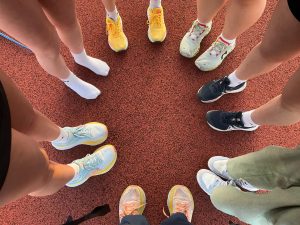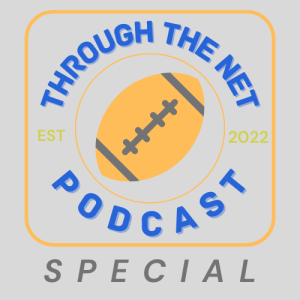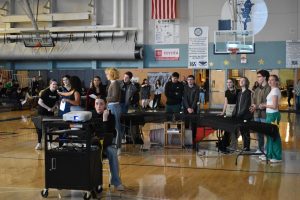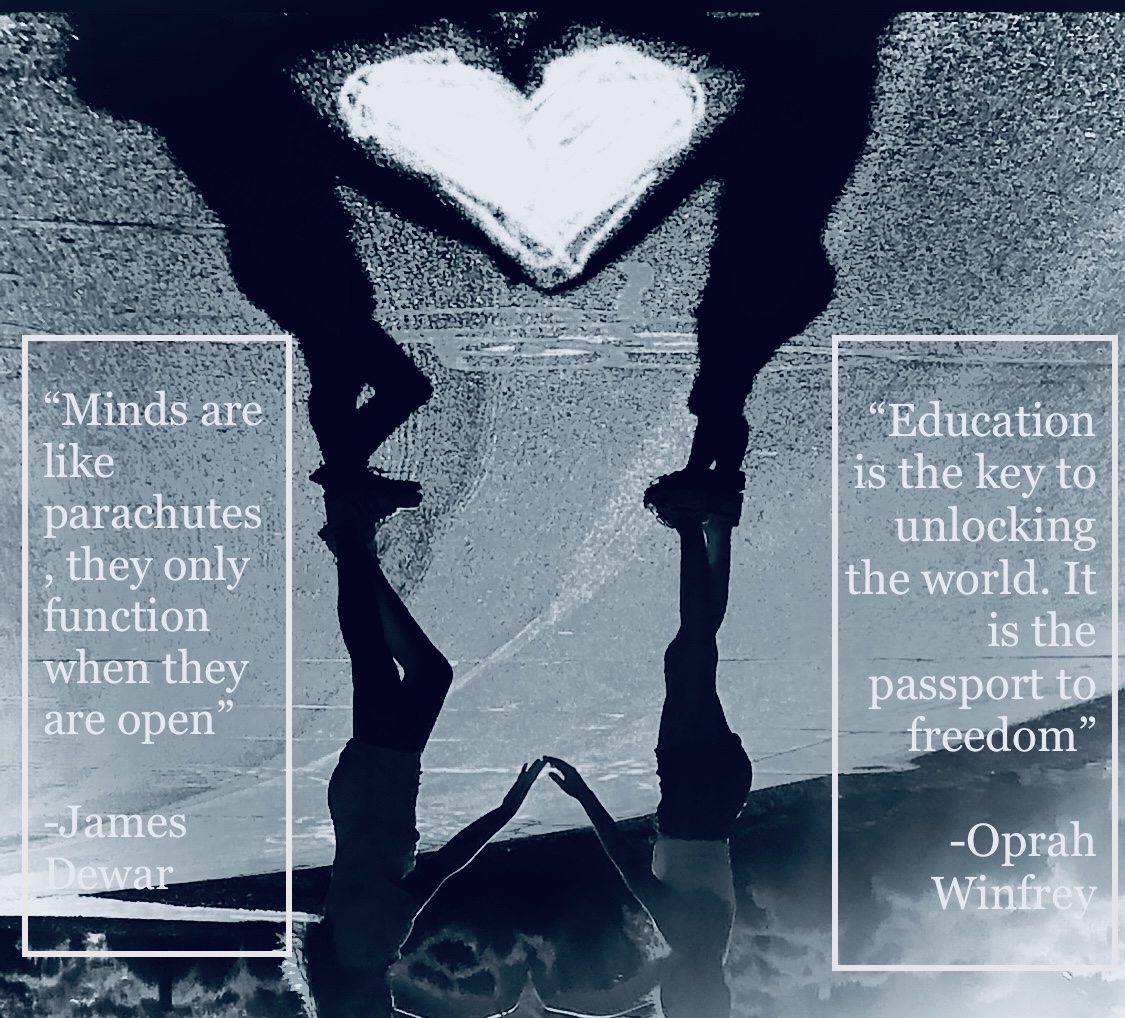For three years, students and teachers had to acclimatize to a new form of learning, which most people found irritating. During the pandemic, people shut down and lived vicariously through the world of technology.
While locked behind their doors, people isolated themselves out of fear. Mental, physical, and emotional health were severely impacted by this result. Most absurdly, students and children faced academic and social issues both in quarantine and through the recovery season of COVID-19.
Coming out of the pandemic, hundreds of schools began reopening cautiously, most of which continued to mandate masks and social distancing.
According to Natalie Pate, between 2019 and 2023, over 550,000 students across the state of Oregon continue to deal with lingering academic, social, emotional, and behavioral challenges.
With the amount of time the average teenager already spent daily on a screen, the statistic quickly skyrocketed by 52% in effect both during and after the pandemic, according to Ralph Ellis.
The world began thinking as if life online would fulfill brain development, communal needs, and mental stability more efficiently and effectively than face-to-face learning and communication.
Current school situations reflect some of the consequences of the pandemic. Lack of interaction resulted in social anxiety. Lack of in-person learning caused major academic setbacks. Lack of exercise led to depression and health issues.
During COVID-19, students of all grades were forced to take classes through weekly Zoom meetings. The standards and typical expectations in classrooms were not required of students for three years.
Although some people appreciated their newfound flexibility in their daily schedules while participating in school from home, online courses were often not the favorable form of learning among most students.
Other people discussed the obstacle of simply learning how technology functioned, and signing into class each day was a struggle in itself. Some students claim that they developed beneficial time management skills and a sense of responsibility while excelling in online classes, however, online education may have been more challenging for those who enjoyed learning in a classroom environment.
Sophomore Corentin Saad interprets his experience by stating, “I didn’t learn much during Zoom calls because it was very hard to focus on school without getting distracted by something at home.”
Along with students, many teachers also faced difficult experiences with teaching through computer screens. Readily available, online learning resources were supplied to equip teachers with new ideas and ways to teach digitally.
Normalized in many schools today, most students forget that the pandemic ignited the beginning of engaging students through Google Classroom. This platform seems like a form of completing assignments that has existed for ages. But actually, the extent to which students have learned to use Google Classrooms as the basis of all their classes has grown since COVID-19.
Audrey Buck magnifies her experience by stating, “I like in-person learning because it gives me a chance to connect and feel more comfortable with my teachers, which makes me feel better about asking for help when I need it.”
Transitioning back into the school building took patience and willingness for change from everyone. Schools around the country faced severe staff shortages, high rates of absenteeism and quarantines, and regular school closures.
Erik Palmer from the National Council of Teachers of English quotes, “And I also realized that many tools exist to showcase oral communication via podcast, video, and audio recording. I opened the door to speaking by giving digital oral communication options for activities, and many kids came charging through that door.”
Kids had grown so accustomed to digital learning that they began expecting technology-based education. Eventually, students wanted schooling to be done online because they preferred the low expectations but long term, they would grow to understand that this form of learning would not be supportive in pursuing careers or college.
Audrey Buck, a junior, describes this effect by sharing, “COVID has definitely made my teachers assign more online work even now that we’re back because I think that a lot of teachers adapted to online learning and just haven’t changed.”
Schools continue recovering from the loss of learning and instruction time as teachers and students race to catch up with the time and content lost during these years.
Middle schoolers, especially those who quarantined during sixth, seventh, and eighth grade, significantly fell behind where an average student academically tested by the beginning of high school would land. The bottom line is that students were not well prepared for their following years of school.
Crazy enough, the West Linn/Wilsonville district continues to offer online schooling today for any student who prefers that form of learning.
All students have come a long way from the state of schooling during the pandemic, but so much has also permanently changed within classrooms, among the student body, and in how the world views and interacts with education.
Buck continues, “I think overall, Wilsonville High School was impacted for the worse because the negative impacts of COVID affected study habits, grades, and attention span in class.”
Even years of healing may never restore how the carefree world encounters human interaction, and unfortunately, young people have received the worst of COVID-19, which sabotaged school, friendships, and personal development, leaving kids with a scarring fear that constantly lives in their minds.
Yet still, people can continue to reflect and learn from these worldly mistakes and rejuvenate life in the halls of school throughout the community.
Maybe COVID-19 taught people, and education wasn’t actually lost, just shaped differently to where students have to learn coping mechanisms and how to make major comebacks from difficult times.







